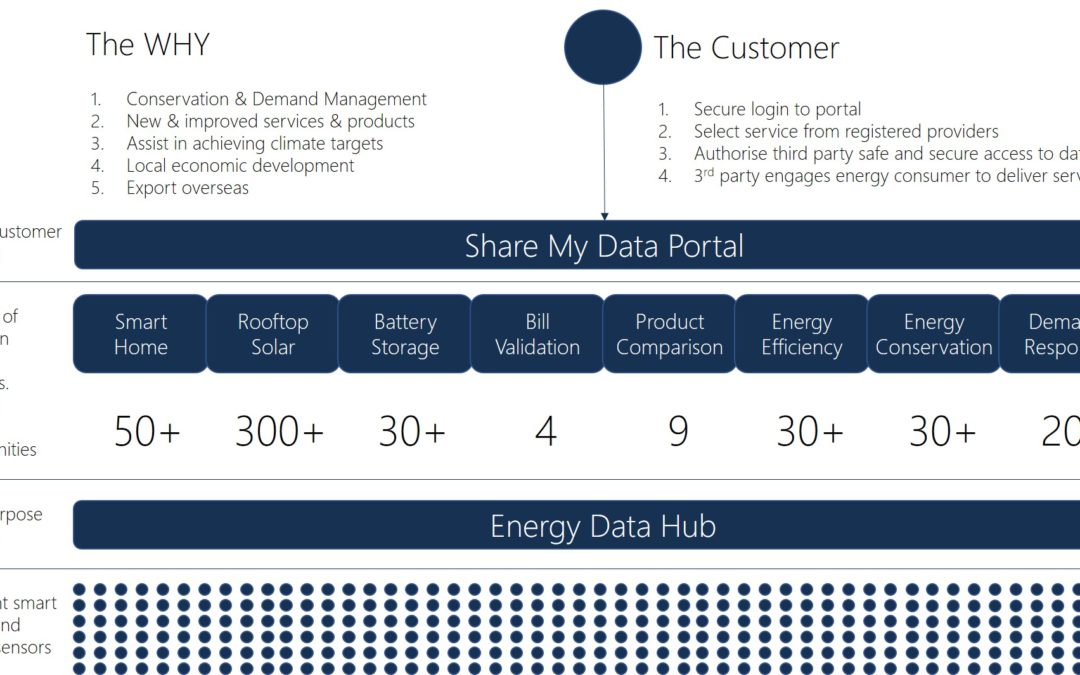The utility of the future will fail or succeed based on how much it collaborates with others and the strength of its partnerships. Sharing information collected from technologies such as smart meters with the community it operates in will be key.
This may all sound counter intuitive. Why make information available that others could potentially use against you? Why make information open so others can provide services and generate revenue that you could have?
The reason is simple. By making energy data available to others, you create a degree of trust through transparency. You place yourself at the heart of the journey we are all on to smart cities and generate opportunities far beyond what you may lose by making the information available.
Imagine the respect of your customers if you partnered with a third party who could independently confirm the customer was receiving an accurate bill, or that they were using the best product you offer. What about exposing data to third parties who provide energy efficiency and conservation (EE&C) services to your customers? If that customer were keen to explore EE&C services, they would have done so with or without your help. This way, you are seen as part of the solution, not part of the problem. Imagine reducing the investments you have to make in your digital channels, such as web and smartphones, trying to satisfy the needs of all your customers. Instead, you deliver the essential services to all your customers and allow third parties to provide more specific services. Enabling third parties to play this role would reduce your costs while satisfying all your customer’s needs, and creates partnerships instead of competitors.
Now, imagine taking this a step further, where you become a vital data services provider within your community. Think of yourself as an Airbnb or Uber type service for energy. You have the core energy data, you have the consumers wanting to purchase energy solutions, and you have energy service providers wanting to access your customer base.
If we take a closer look at Australia, my recent research shows 100’s of potential utility partnerships in the fields of rooftop solar, local battery storage, energy efficiency and conservation, home automation, and demand response, and this is just the tip of the iceberg. In addition to private enterprises, the outputs of others such as policy-makers and academics would also improve once they have access to energy data.
There are many ways we can think about how we implement this. It can be via a single utility, or via a State or National data platform. The pros and cons of how we do this will most likely be a future blog. For now, I feel we need to answer the central question: If a customer wants to approve third party access to the energy data that is about them, shouldn’t utilities do all they can to facilitate this?
.
.
Note: the terms Energy Data Hub and Share My Data Portal are not meant to represent any products or solutions available on the market today. They are just names to logically represent the functions I am trying to describe.
.
.
Look out for my latest book ‘The Digital Utility’, to be published early 2018, and don’t forget to complete the Digital Utility Scorecard. A free, anonymous, online diagnostic that takes about ten minutes to complete. The objective of this diagnostic is to help you start a conversation with your colleagues about what being a Digital Utility means to your organisation.
